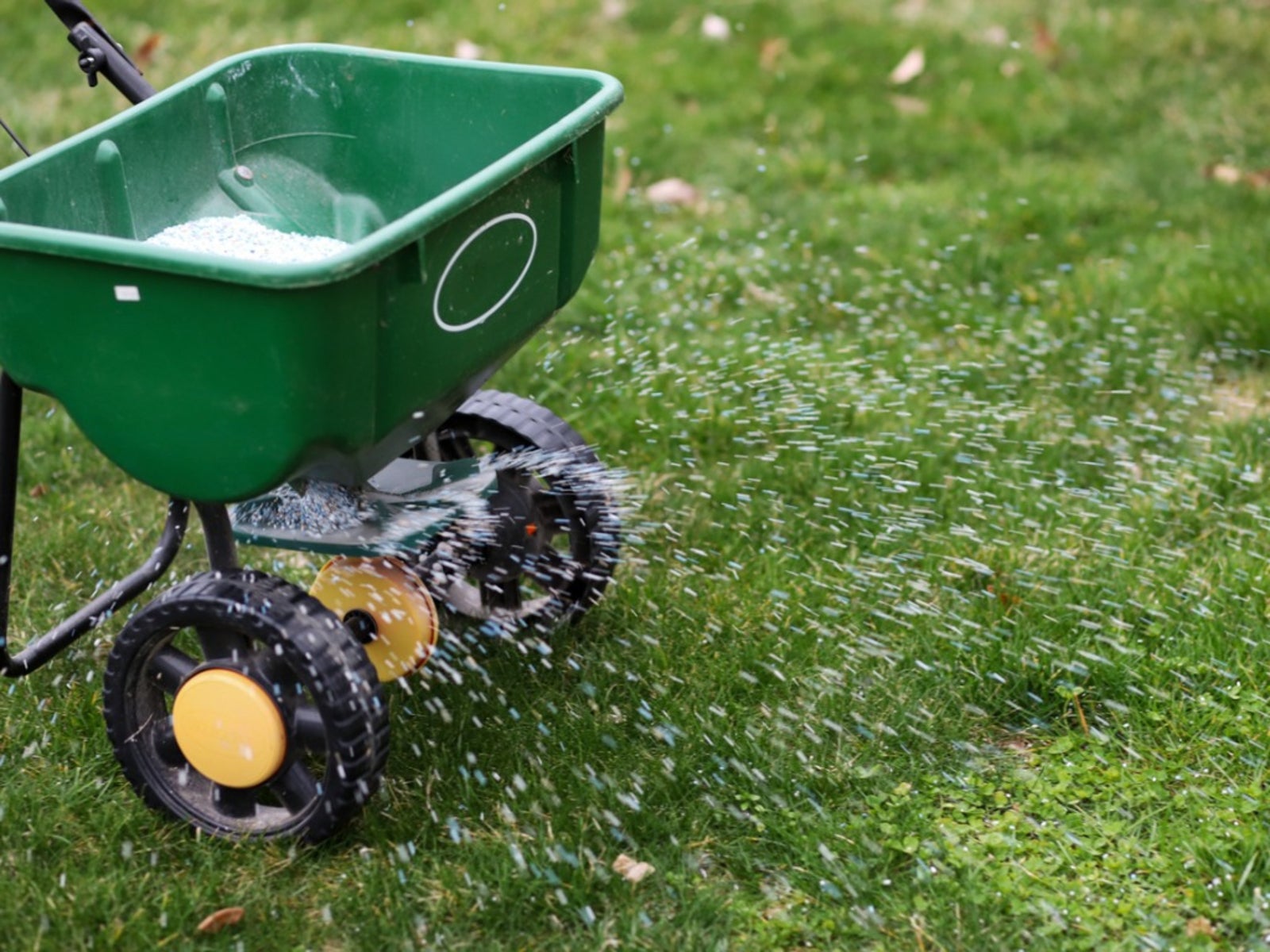

Articles
How To Apply Fertilizer To Lawn
Modified: February 27, 2024
Learn how to properly apply fertilizer to your lawn with these informative articles. Ensure your lawn stays healthy and vibrant with our expert tips and advice.
(Many of the links in this article redirect to a specific reviewed product. Your purchase of these products through affiliate links helps to generate commission for Storables.com, at no extra cost. Learn more)
Introduction
Having a lush, green lawn is the dream of many homeowners. A well-maintained lawn not only enhances the beauty of your property but also provides a comfortable space for outdoor activities. One of the key factors in achieving a healthy and vibrant lawn is proper fertilization. Applying fertilizer to your lawn can help provide essential nutrients that promote growth, strengthen roots, and increase resistance to diseases and pests.
In this article, we will guide you through the process of applying fertilizer to your lawn effectively. We will discuss the importance of fertilizing, choosing the right type of fertilizer, determining the correct application rate, preparing your lawn for fertilization, applying the fertilizer, and post-application care. Additionally, we will highlight common mistakes to avoid during the process.
By understanding the fundamentals of lawn fertilization, you can ensure that your lawn receives the necessary nutrients to thrive and remain healthy throughout the year.
Key Takeaways:
- Proper fertilization is vital for a healthy, vibrant lawn, promoting growth, resilience, and long-term sustainability. Understanding the right type of fertilizer and correct application rate is crucial for optimal results.
- Preparation, application, and post-care are essential for effective fertilization. Avoid common mistakes such as over-fertilizing, improper timing, and neglecting lawn care practices to ensure a flourishing, envy-worthy lawn.
Read more: When Should Fertilizer Be Applied To Lawns
Understanding the Importance of Fertilizing Your Lawn
Proper fertilization is vital for maintaining the health and vigor of your lawn. Fertilizers are formulated to provide essential nutrients such as nitrogen, phosphorus, and potassium that are necessary for plant growth. These nutrients support the development of strong roots, dense foliage, and vibrant color.
One of the main benefits of fertilizing your lawn is the promotion of healthy growth. The nutrients found in fertilizers help stimulate cell division, enabling the grass to grow thick and lush. This not only improves the overall appearance of your lawn but also helps to prevent weed invasion. A well-fertilized lawn also has better resilience against pests, diseases, and environmental stressors such as drought or extreme temperatures.
Additionally, fertilizers can fix or replenish nutrient deficiencies in your soil. Different regions have varying soil compositions, and certain nutrients may be lacking. By applying the appropriate fertilizer, you can address these deficiencies and ensure that your lawn has access to the nutrients it needs for optimal growth.
Furthermore, regular fertilization can contribute to the long-term health and sustainability of your lawn. Nutrient-rich soil promotes strong root development, allowing the grass to extract water and nutrients more efficiently. This helps the turfgrasses withstand periods of stress and recover more quickly from damage caused by foot traffic, mowing, or weather conditions.
It is important to note that the timing and frequency of fertilizing your lawn will depend on various factors, including the type of grass, the climate in your region, and the specific needs of your lawn. A soil test can provide valuable insights into the nutrient composition of your soil, helping you make informed decisions about the type and amount of fertilizer to apply.
In the next sections, we will delve into the specifics of choosing the right type of fertilizer and determining the correct application rate for your lawn. These factors play a crucial role in optimizing the effectiveness of your fertilization efforts. So let’s continue our journey to achieving a lush and healthy lawn.
Choosing the Right Type of Fertilizer
When it comes to fertilizing your lawn, selecting the right type of fertilizer is essential for achieving optimal results. There are three primary nutrients that fertilizers provide: nitrogen (N), phosphorus (P), and potassium (K). Each nutrient has a specific role in promoting healthy growth and should be balanced based on your lawn’s needs.
The first number on a fertilizer bag represents the nitrogen content, which is responsible for promoting leaf and stem growth. For lawns, a fertilizer with a higher nitrogen content is typically recommended. Nitrogen encourages lush, green foliage by stimulating the production of chlorophyll, the pigment that gives plants their green color. However, excessive nitrogen can lead to rapid but weak growth, making the grass susceptible to disease and pests. Therefore, it is important to follow the recommended application rates and avoid over-fertilizing.
The second number indicates the phosphorus content, which plays a crucial role in root development and flower and seed production. While phosphorus is still important for your lawn, many soils already contain sufficient levels of phosphorus. Therefore, unless a soil test indicates a deficiency, choose a fertilizer with a lower phosphorus content.
The third number denotes the potassium content, which contributes to overall plant health and vigor. Potassium helps with drought tolerance, disease resistance, and root development. It is important to ensure that your lawn receives an adequate supply of potassium, especially in regions prone to drought or with sandy soils that leach nutrients quickly.
In addition to the three primary nutrients, fertilizer formulations may contain secondary nutrients such as calcium, magnesium, and sulfur, as well as micronutrients like iron, zinc, and manganese. These nutrients are required in smaller quantities but are still important for overall plant health.
Furthermore, you have the option to choose between organic and synthetic fertilizers. Organic fertilizers are derived from natural sources like compost, manure, or bone meal and provide a slow-release of nutrients to the soil. They improve soil structure and microbial activity, resulting in long-term benefits for your lawn. Synthetic fertilizers, on the other hand, are manufactured chemically and deliver nutrients to the grass quickly. They are often more concentrated and provide immediate results. The choice between the two depends on your preference and lawn care goals.
Ultimately, the best way to determine the right type of fertilizer for your lawn is to conduct a soil test. A soil test will analyze the nutrient levels in your soil, helping you identify any deficiencies or excesses. Based on the soil test results, you can select a fertilizer that addresses your lawn’s specific needs and achieve balanced nutrient levels.
Now that we understand the importance of choosing the right type of fertilizer, let’s move on to the next step – determining the correct application rate.
Determining the Correct Fertilizer Application Rate
Applying the correct amount of fertilizer to your lawn is crucial for achieving the desired results. Too little fertilizer may not provide sufficient nutrients, while too much can damage the grass and harm the environment. Determining the correct fertilizer application rate involves considering factors such as grass type, soil conditions, and the specific nutrient requirements of your lawn.
The first step in determining the correct application rate is to identify the type of grass you have. Different types of grass have different nutrient requirements. For example, cool-season grasses such as Kentucky bluegrass and tall fescue typically require more fertilizer than warm-season grasses like Bermuda grass or St. Augustine grass. Consult a local lawn care professional or extension service to determine the specific nutrient recommendations for your grass type.
Next, consider the condition of your soil. Conducting a soil test is highly recommended, as it provides valuable information about the nutrient levels in your soil. The soil test results will indicate which nutrients are deficient or excessive, allowing you to adjust your fertilizer application accordingly. Soil tests can be done through a professional laboratory or by using at-home soil testing kits.
Once you have determined the requirements of your grass type and soil, you can refer to the fertilizer bag for guidance on the recommended application rate. Fertilizer bags usually provide instructions based on the square footage of your lawn. It is crucial to follow these instructions carefully to avoid over-fertilization, which can lead to nutrient runoff and environmental pollution.
For example, if the fertilizer bag recommends applying 1 pound of nitrogen per 1000 square feet and your lawn is 5000 square feet, you would need 5 pounds of fertilizer to achieve the desired application rate. Alternatively, you can calculate the application rate based on the percentage of nitrogen in the fertilizer. For example, if the fertilizer bag indicates a 20% nitrogen content, you would need to apply 5 pounds of fertilizer per 1000 square feet to achieve 1 pound of nitrogen.
It is important to note that the application rate may vary depending on the time of year and the specific needs of your lawn. For example, in the spring when the grass is actively growing, you may need to apply a higher rate of nitrogen to support growth. In contrast, during the fall, you may focus on promoting root development and winter hardiness by using a lower nitrogen rate and higher phosphorus and potassium rates.
By accurately determining the correct fertilizer application rate based on your grass type, soil conditions, and the specific requirements of your lawn, you can ensure that your lawn receives the right amount of nutrients for healthy growth without causing harm to the environment.
Now that we understand how to determine the correct fertilizer application rate, let’s move on to preparing your lawn for fertilization.
Preparing Your Lawn for Fertilization
Before you apply fertilizer to your lawn, it is essential to properly prepare the area to ensure maximum absorption and effectiveness. Preparing your lawn for fertilization involves a few key steps that will help enhance nutrient uptake and minimize potential issues.
The first step in preparing your lawn is to perform a thorough inspection and clean up any debris or thatch. Remove any sticks, leaves, or other objects that may hinder the distribution of fertilizer. Thatch is a layer of partially decomposed organic matter that builds up between the grass blades and the soil surface. Excessive thatch can prevent fertilizer from reaching the soil and the grass roots. If your lawn has more than half an inch of thatch, consider dethatching to promote better fertilizer absorption.
Next, it is essential to mow your lawn to the proper height before applying fertilizer. The ideal mowing height varies depending on the grass type, but as a general rule, avoid cutting more than one-third of the grass blade at a time. By maintaining the correct mowing height, you ensure that the grass blades receive adequate sunlight and nutrients, allowing the fertilizer to be more effective.
Aeration is another critical step in preparing your lawn for fertilization. Aerating your lawn involves creating small holes or plugs in the soil to improve air circulation, water absorption, and nutrient penetration. This process helps to alleviate soil compaction and allows the fertilizer to reach the grass roots more efficiently. Depending on the condition of your soil, you can choose between manual or mechanical aerators.
Before applying fertilizer, it is recommended to water your lawn thoroughly. Moist soil provides an optimal environment for the nutrients to be absorbed by the grass roots. Watering also helps dissolve the fertilizer and distribute it evenly across the lawn. It is important to note that you should not apply fertilizer to dry or waterlogged soil, as it can lead to uneven coverage or nutrient runoff.
Lastly, consider the weather conditions when preparing your lawn for fertilization. Ideally, apply fertilizer when the weather is mild, and there is no heavy rain in the forecast. This will allow the fertilizer to have ample time to be absorbed by the soil before being washed away. Additionally, avoid fertilizing during times of drought, extreme heat, or freezing temperatures, as these conditions can stress the grass and potentially damage it.
By following these preparation steps, you create an optimal environment for your lawn to absorb and utilize the nutrients provided by the fertilizer. Now that you have prepared your lawn, it’s time to move on to the next step – applying the fertilizer.
When applying fertilizer to your lawn, make sure to follow the instructions on the product label for the correct application rate and timing. Over-fertilizing can harm your lawn, so it’s important to measure carefully and apply evenly.
Read more: How To Apply Grass Fertilizer
Applying Fertilizer to Your Lawn
Now that you have prepared your lawn, it’s time to apply the fertilizer. Applying fertilizer correctly is crucial to ensure even coverage and prevent damage to your grass. Here’s a step-by-step guide on how to apply fertilizer to your lawn effectively:
- Start by dividing your lawn into smaller sections. This will help you apply the fertilizer evenly and prevent overlap or missed spots.
- Using a spreader, walk at a steady pace across your lawn. Make sure the spreader is set to the recommended application rate for your specific fertilizer and adjust the spreader settings accordingly.
- Apply the fertilizer in a crisscross pattern, moving in one direction for the first pass and then perpendicular to it for the second pass. This ensures thorough coverage and avoids uneven distribution of the fertilizer.
- Pay extra attention to areas near trees, shrubs, and flower beds, as they may require more fertilizer. Be careful not to exceed the recommended application rate, as over-fertilization can harm these plants.
- After spreading the fertilizer, lightly water your lawn to help the granules dissolve and release the nutrients into the soil. Watering also helps prevent the fertilizer from sitting on the grass blades, minimizing the risk of burning the grass.
- Be mindful of any environmental regulations or restrictions in your area regarding fertilizer application. Some regions may have specific guidelines or limitations on fertilizer usage to prevent water pollution or protect sensitive ecosystems.
- Clean your spreader thoroughly after use to avoid cross-contamination with different fertilizers or chemicals. Rinse it with water and ensure it is completely dry before storing.
It is important to note that proper timing of fertilizer application is crucial for optimal results. Cool-season grasses are typically fertilized in early spring and fall when the grass is actively growing. Warm-season grasses, on the other hand, are fertilized in late spring and summer for optimal growth and color.
Always refer to the specific instructions on the fertilizer packaging. These instructions will provide guidance on the appropriate application method, the recommended spreader settings, and any precautions or safety measures to follow.
By following these steps and being mindful of the recommended application rate, you can ensure that your lawn receives the right amount of fertilizer in an even and efficient manner. Now that you have successfully applied the fertilizer, let’s move on to the next step – post-application care.
Post-Application Care
After applying fertilizer to your lawn, it is essential to provide proper post-application care to maximize the effectiveness of the fertilizer and ensure the health of your grass. Here are some important post-application care practices to follow:
- Avoid mowing your lawn immediately after applying fertilizer. Wait at least 24 to 48 hours to allow the fertilizer to settle into the soil and be absorbed by the grass.
- Water your lawn after applying fertilizer. This will help activate the nutrients and promote their absorption into the soil. The water should be applied lightly to avoid excessive runoff or leaching of nutrients. Apply enough water to moisten the top few inches of soil.
- Monitor your lawn for any signs of nutrient deficiencies or excesses. These signs may include yellowing or discoloration of the grass, stunted growth, or unusual patches. If you notice any issues, consider conducting a soil test to determine if additional nutrient adjustments are needed.
- Continue with regular lawn care practices, such as proper watering, mowing, and weed control. These practices, combined with the fertilizer application, will help maintain a healthy and vibrant lawn.
- Be mindful of any environmental concerns when watering your lawn. Avoid over-irrigation, as excessive water use can contribute to water pollution and nutrient runoff. Follow local watering restrictions and consider using water-efficient irrigation methods, such as drip irrigation or smart sprinkler systems.
- Inspect your lawn regularly for any signs of pests or diseases. Proper fertilization helps strengthen the grass and improves its resilience against common lawn problems. However, if you notice any issues, consult a lawn care professional for appropriate treatments.
- Consider a follow-up application of fertilizer if your lawn requires it. Depending on the specific needs of your grass and soil, additional fertilization may be necessary. Follow the recommended application rates and timing for subsequent fertilizer applications.
Remember, achieving a healthy and beautiful lawn is an ongoing process. Regular maintenance, including proper fertilization, watering, and lawn care practices, is essential for long-term success.
By following these post-application care tips, you can ensure that your lawn receives the maximum benefit from the fertilizer and remains healthy and vibrant throughout the season.
Now that you have learned about post-application care, let’s discuss some common mistakes to avoid when applying fertilizer to your lawn.
Common Mistakes to Avoid
Applying fertilizer to your lawn can greatly enhance its health and appearance, but it’s important to avoid common mistakes that can negatively impact your results. Here are some common mistakes to avoid when fertilizing your lawn:
- Over-fertilizing: Applying too much fertilizer can harm your lawn and lead to nutrient runoff, which can pollute waterways. Follow the recommended application rates specified on the fertilizer package and avoid the temptation to apply more than necessary.
- Under-fertilizing: On the other hand, under-fertilizing can result in nutrient deficiencies and weak grass growth. It’s important to properly assess the nutrient needs of your lawn based on factors like your grass type, soil conditions, and seasonal requirements.
- Improper timing: Timing is crucial when it comes to fertilizing your lawn. Applying fertilizer at the wrong time of year can lead to inefficient nutrient absorption or cause stress to the grass. Follow the recommended guidelines for your specific grass type and region to ensure proper timing.
- Using the wrong fertilizer type: Each lawn has specific nutrient requirements, and using the wrong type of fertilizer can result in imbalances or deficiencies. Conduct a soil test to determine the nutrient composition of your soil and choose a fertilizer that meets those needs.
- Uneven application: Applying fertilizer unevenly can lead to patchy growth and inconsistent results. Use a spreader to ensure even distribution across your lawn, following the appropriate settings and patterns.
- Applying fertilizer to dry soil: Fertilizer should be applied to moist soil to allow for proper nutrient absorption. Water your lawn before applying fertilizer to ensure the soil is adequately hydrated.
- Ignoring environmental regulations: Be aware of any local or regional regulations regarding fertilizer usage. Some areas have restrictions on certain types or amounts of fertilizer to prevent environmental damage. Stay informed and follow the rules to protect your lawn and the surrounding ecosystem.
- Not maintaining proper lawn care practices: Fertilization is just one aspect of a comprehensive lawn care routine. Neglecting other important practices like regular watering, mowing at the appropriate height, and controlling weeds and pests can undermine the effectiveness of your fertilization efforts.
- Applying fertilizer to dormant grass: Fertilization is most effective when applied to actively growing grass. Applying fertilizer to dormant or stressed grass is unlikely to produce desired results. Wait until the grass is actively growing to fertilize.
- Fertilizing during extreme weather conditions: Fertilizer should not be applied during periods of drought, excessive heat, or freezing temperatures. Extreme weather conditions can damage the grass and hinder nutrient absorption. Choose the right time to apply fertilizer for optimal results.
Avoiding these common mistakes will help you achieve the best possible results when fertilizing your lawn. By following proper fertilization techniques and maintaining a consistent lawn care routine, you can enjoy a healthy and vibrant lawn all year round.
Now that you are aware of the common mistakes to avoid, let’s conclude our discussion on fertilizing your lawn.
Conclusion
Fertilizing your lawn is an essential step towards achieving a healthy, lush, and vibrant outdoor space. By providing your lawn with the necessary nutrients, you can promote strong growth, improve root development, enhance color, and increase resistance to stress, pests, and diseases.
In this article, we have covered the key aspects of fertilizing your lawn effectively. We started by understanding the importance of fertilization and how it contributes to the overall health and beauty of your lawn. We then discussed the process of choosing the right type of fertilizer based on your grass type, soil conditions, and specific nutrient requirements. Determining the correct application rate was also highlighted, emphasizing the importance of balancing nutrient levels to avoid over or under-fertilization.
Preparing your lawn for fertilization is crucial for maximizing nutrient absorption. We discussed the importance of removing debris and thatch, mowing at the appropriate height, aerating the soil, and watering before applying fertilizer. Proper post-application care, including watering, regular monitoring, and adhering to lawn care practices, was also emphasized to maintain the health and appearance of your lawn.
Additionally, we provided insights into common mistakes to avoid when fertilizing your lawn. Over-fertilization, improper timing, uneven application, and neglecting other lawn care practices can hinder your results and potentially harm your grass and the environment. By being mindful of and avoiding these mistakes, you can ensure the success of your fertilization efforts.
Remember, achieving a healthy and beautiful lawn is an ongoing process. Regular maintenance, including proper fertilization, watering, mowing, and pest control, is crucial for long-term success. Consult with local lawn care professionals or extension services for specific recommendations tailored to your region and grass type.
With the knowledge gained from this article, you are equipped to take the necessary steps to fertilize your lawn effectively and enjoy the benefits of a flourishing outdoor space. Here’s to a vibrant and lush lawn that becomes the envy of the neighborhood!
Frequently Asked Questions about How To Apply Fertilizer To Lawn
Was this page helpful?
At Storables.com, we guarantee accurate and reliable information. Our content, validated by Expert Board Contributors, is crafted following stringent Editorial Policies. We're committed to providing you with well-researched, expert-backed insights for all your informational needs.
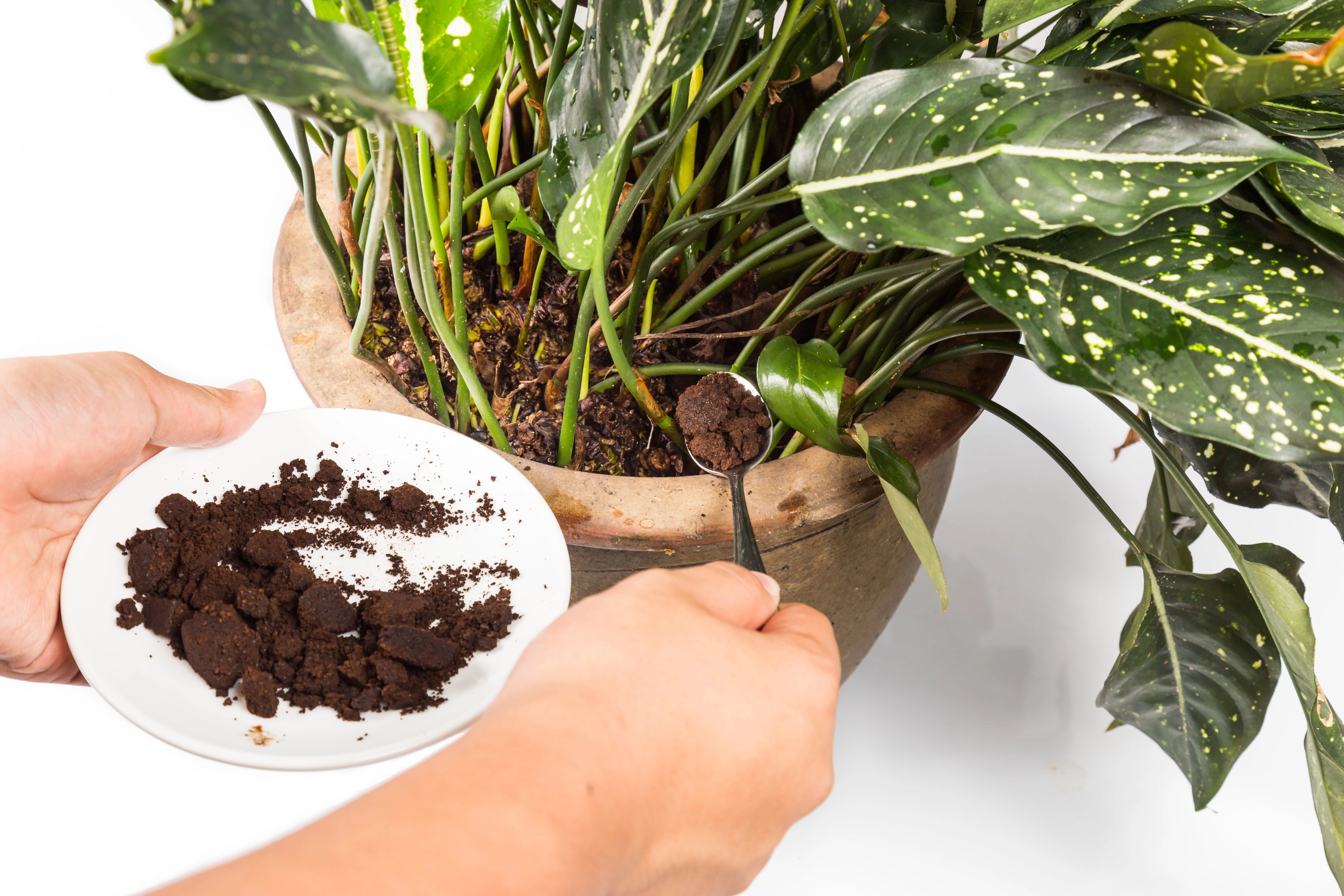
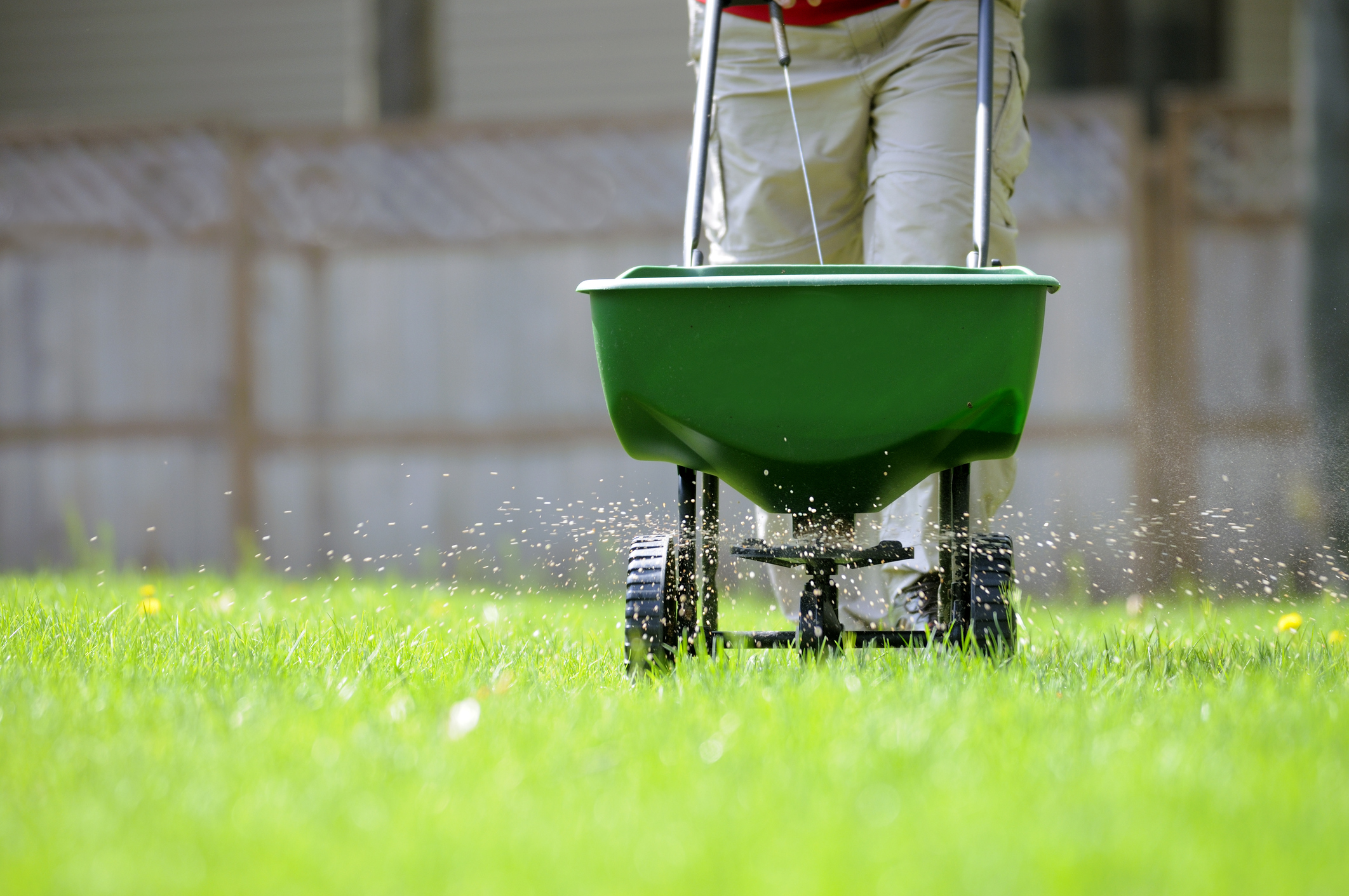
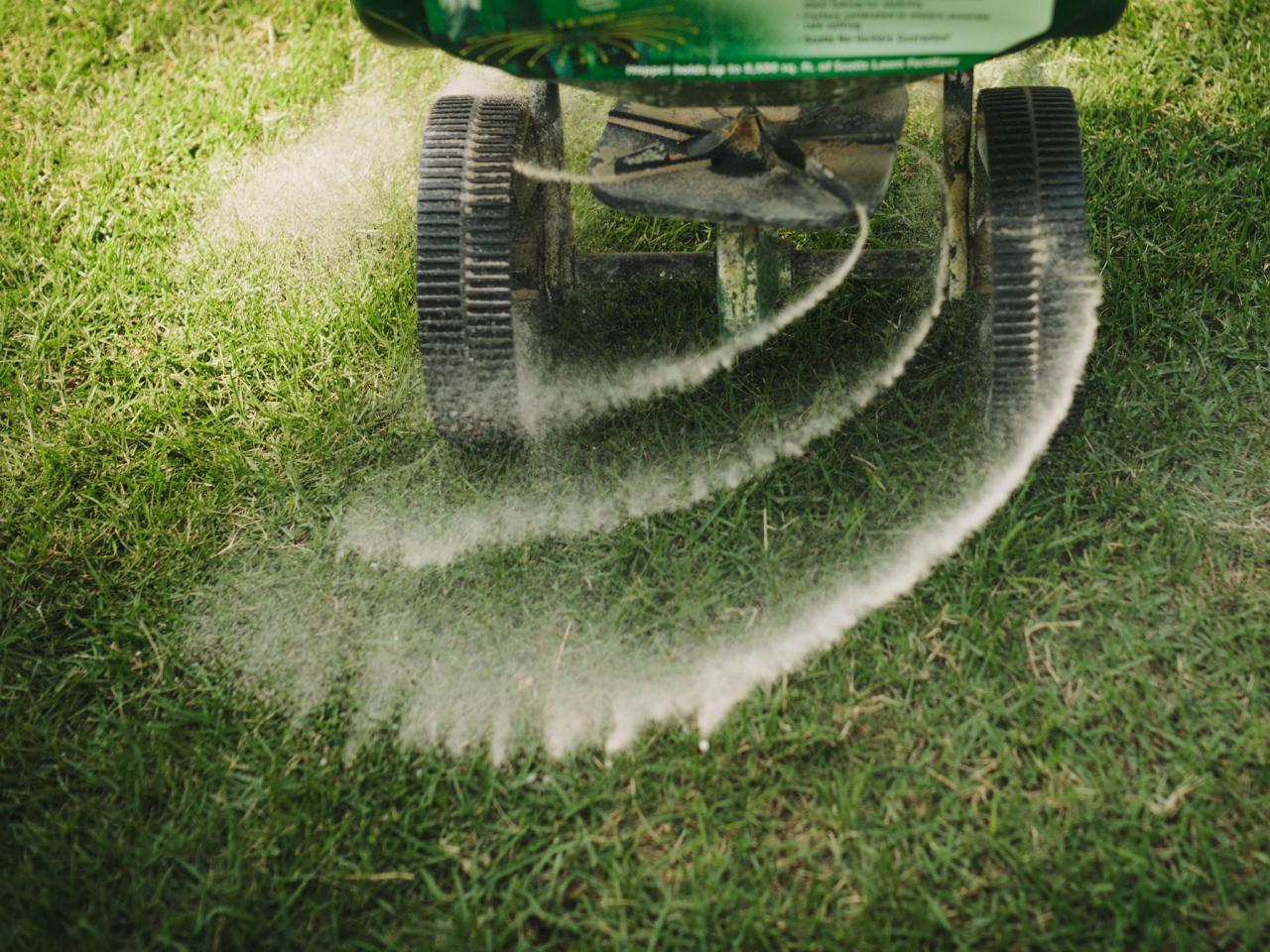
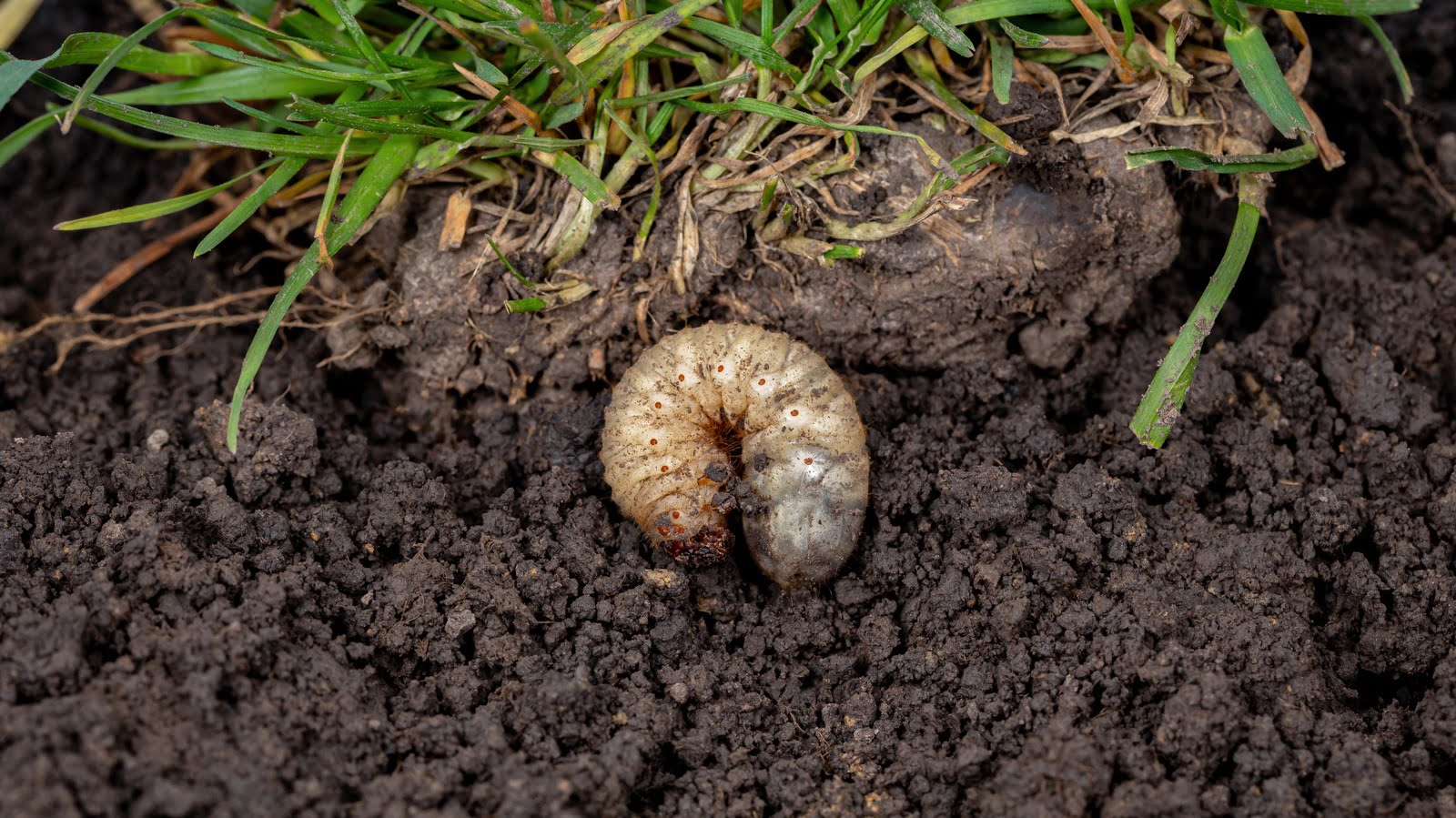
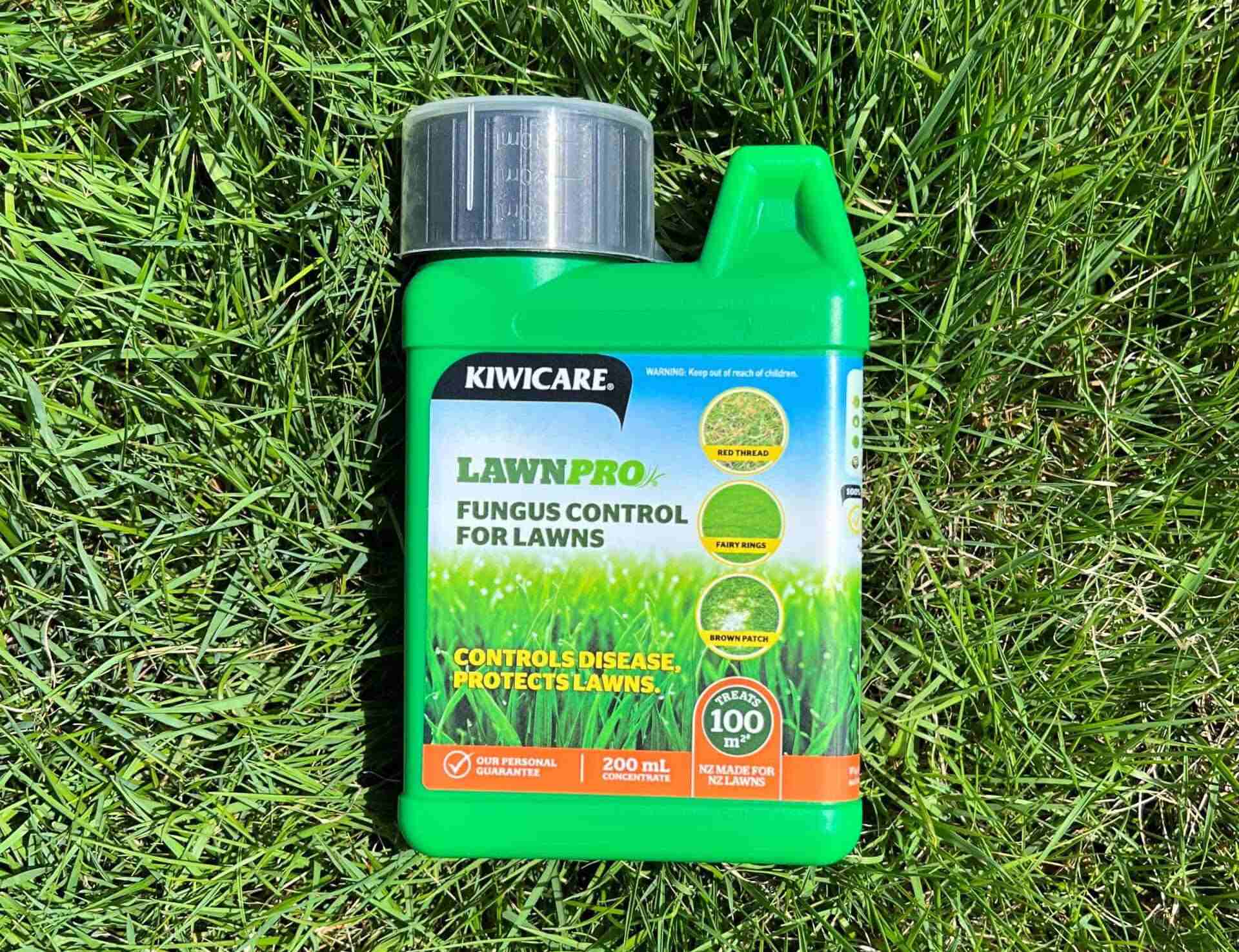
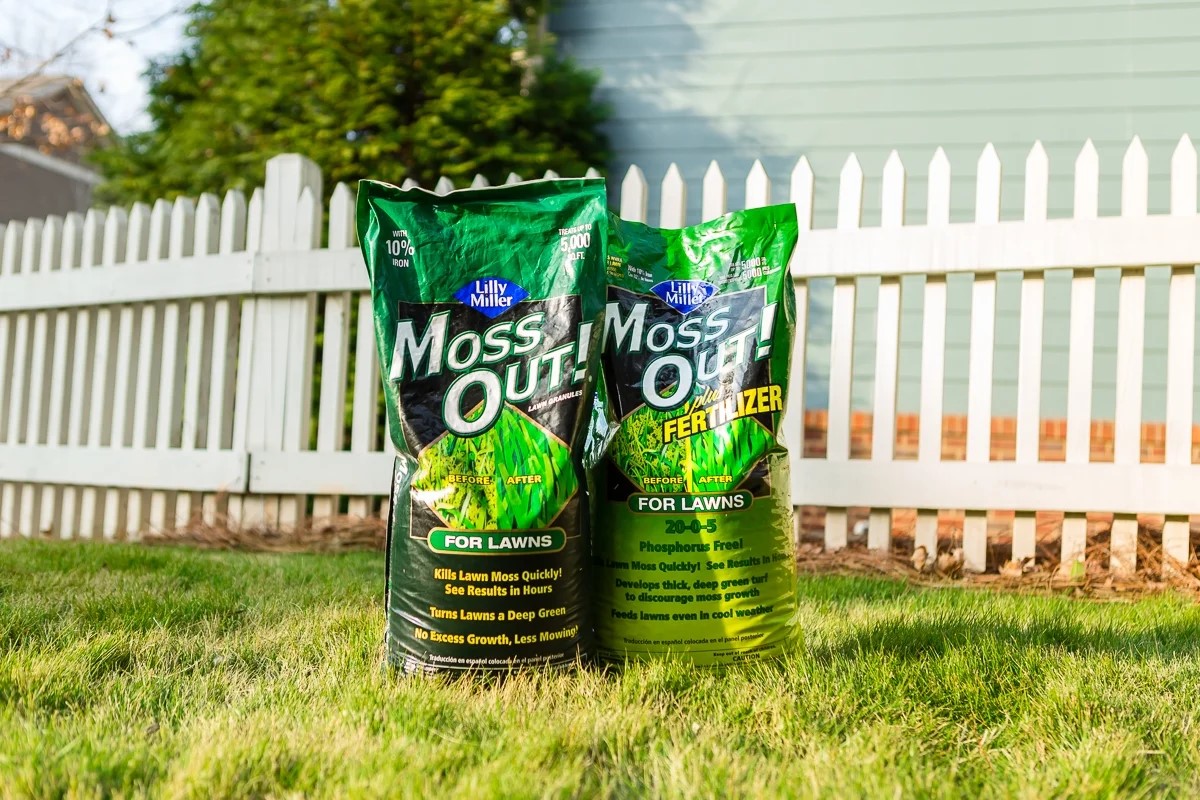
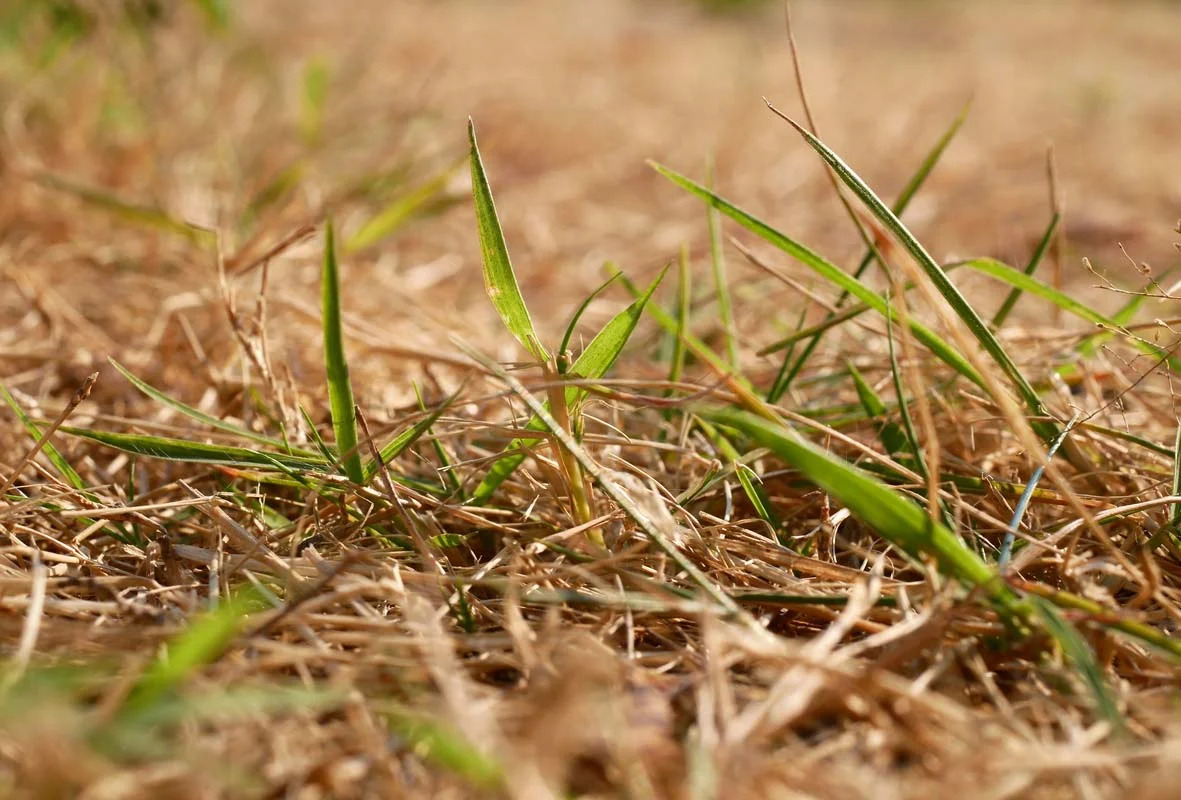

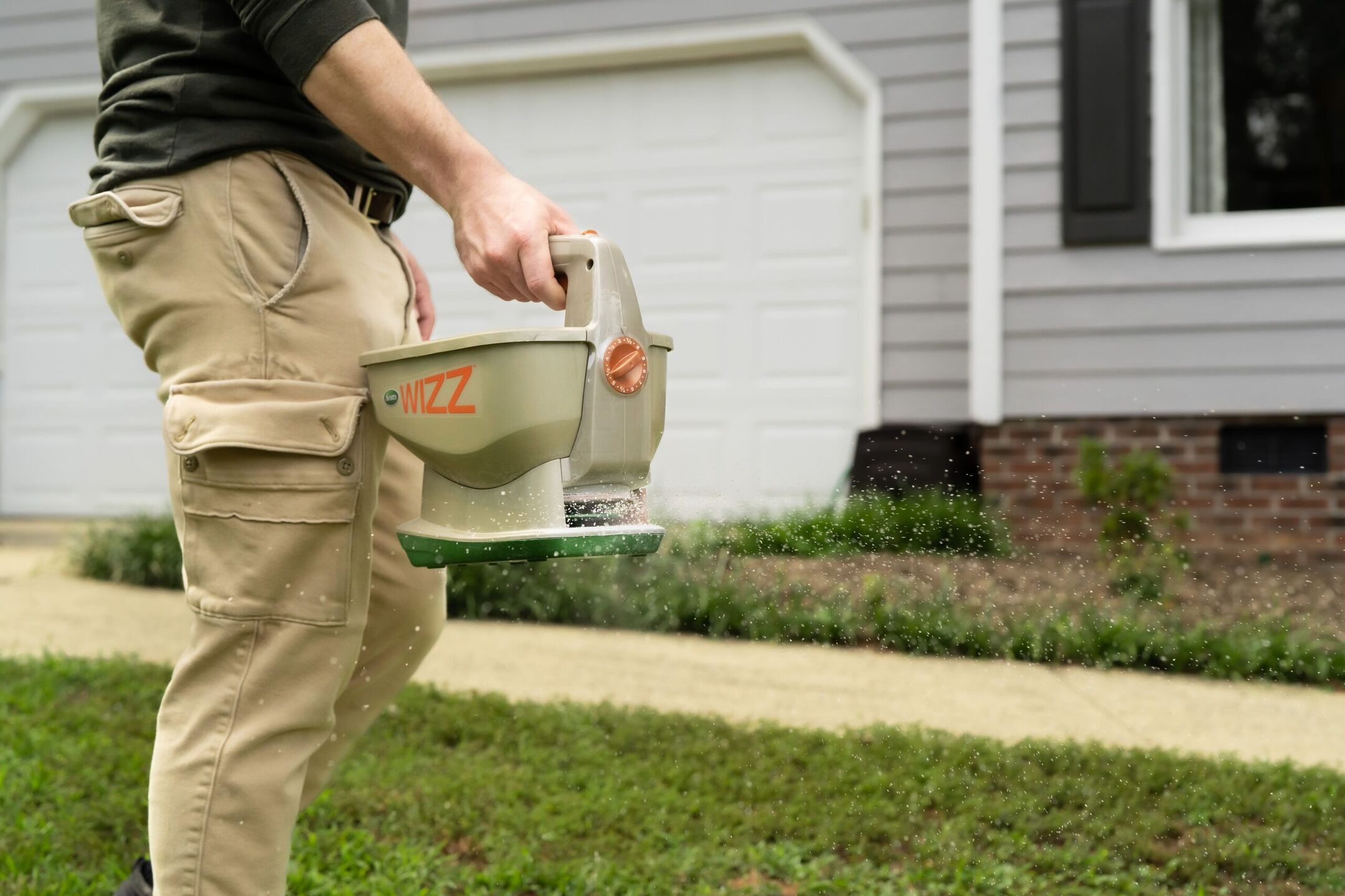
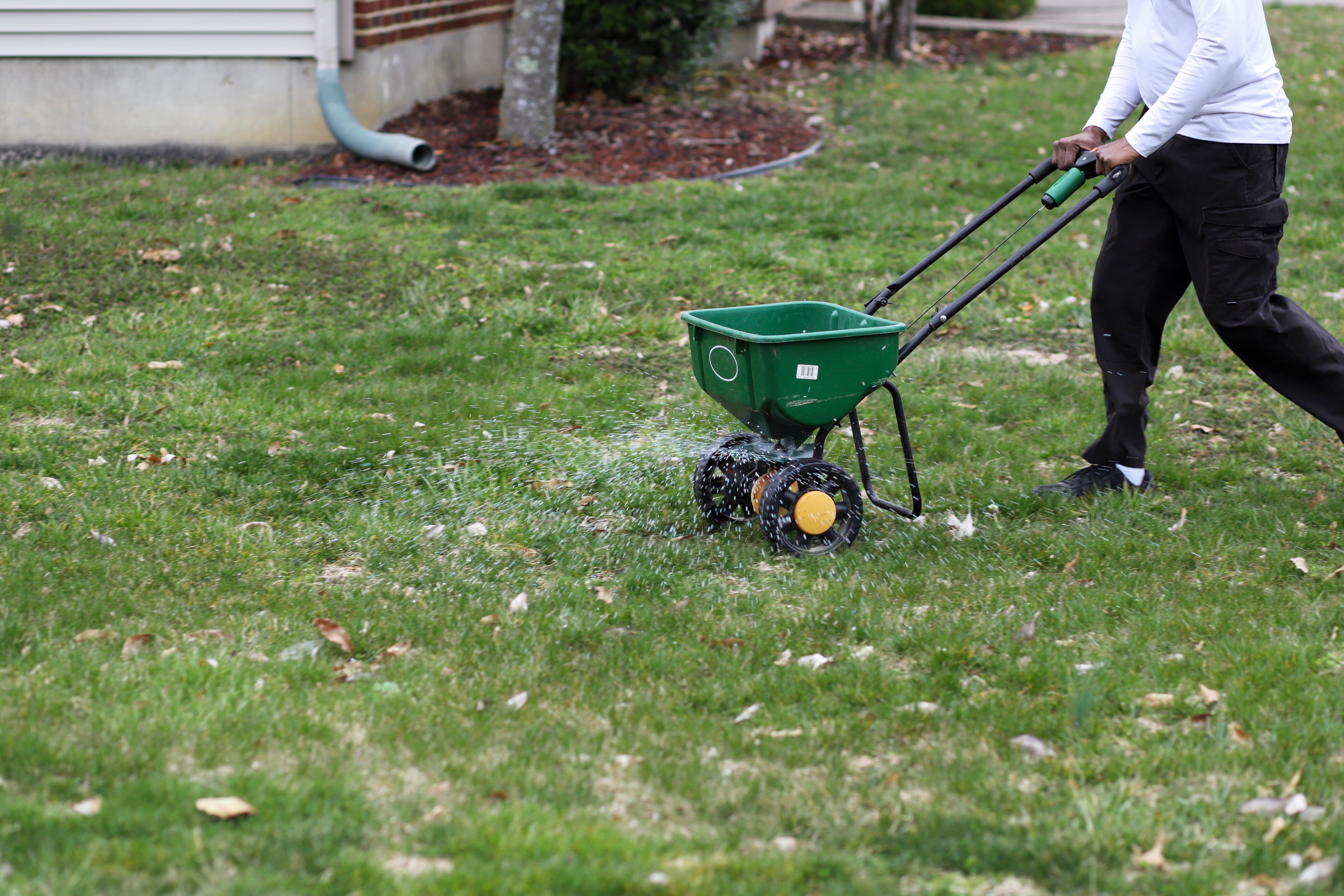

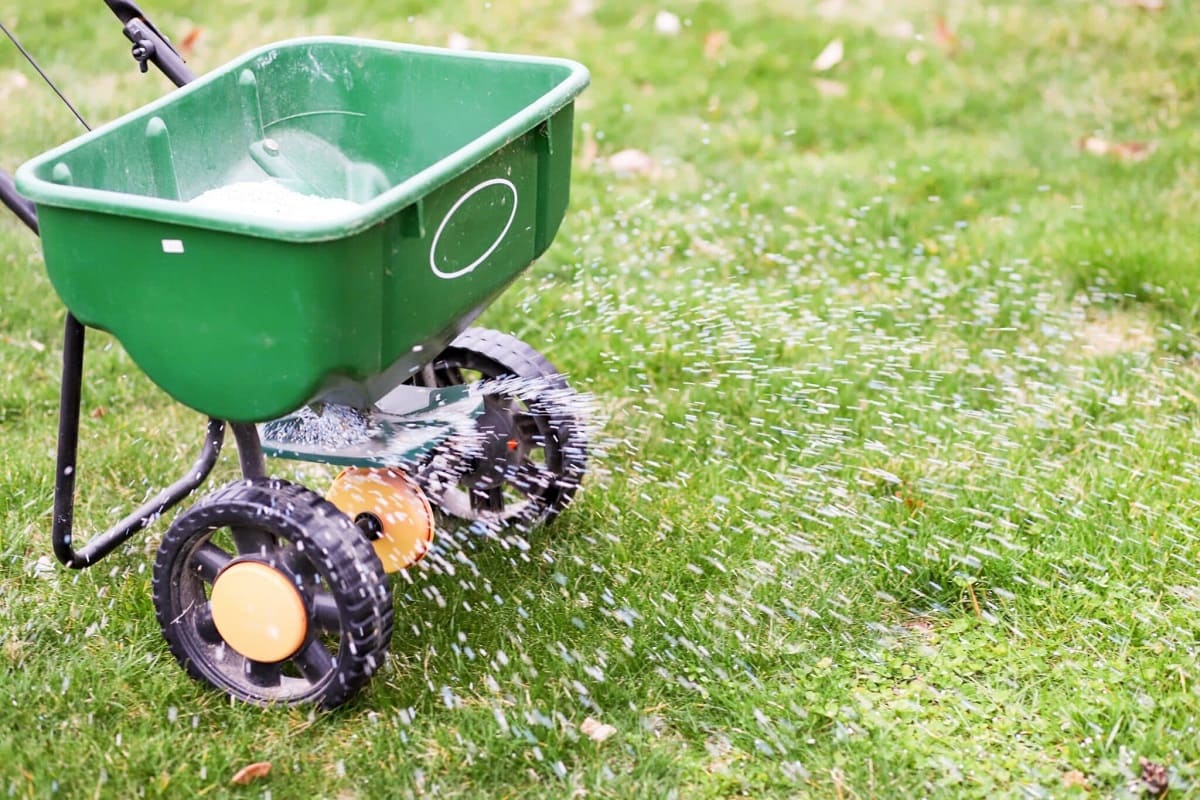
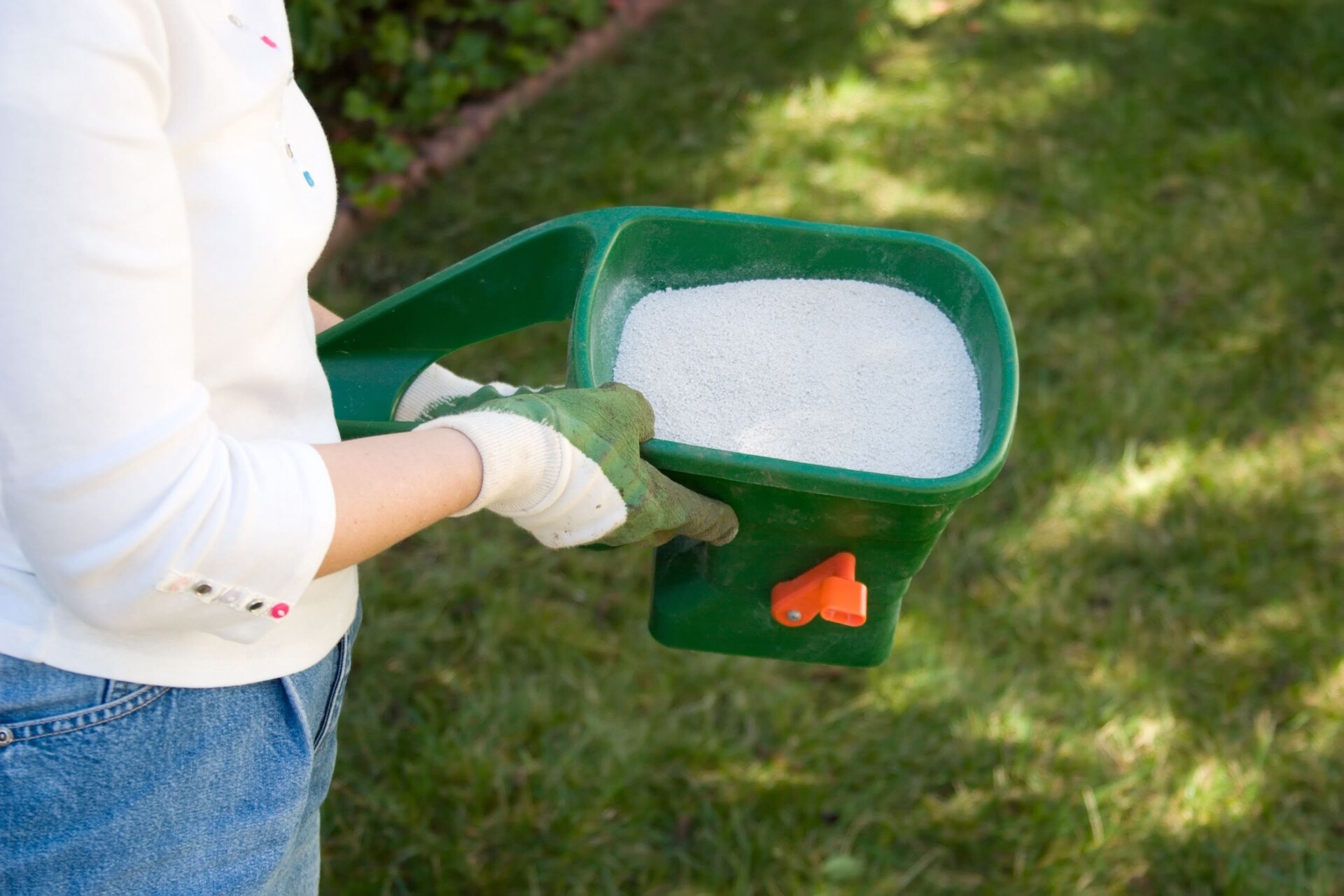
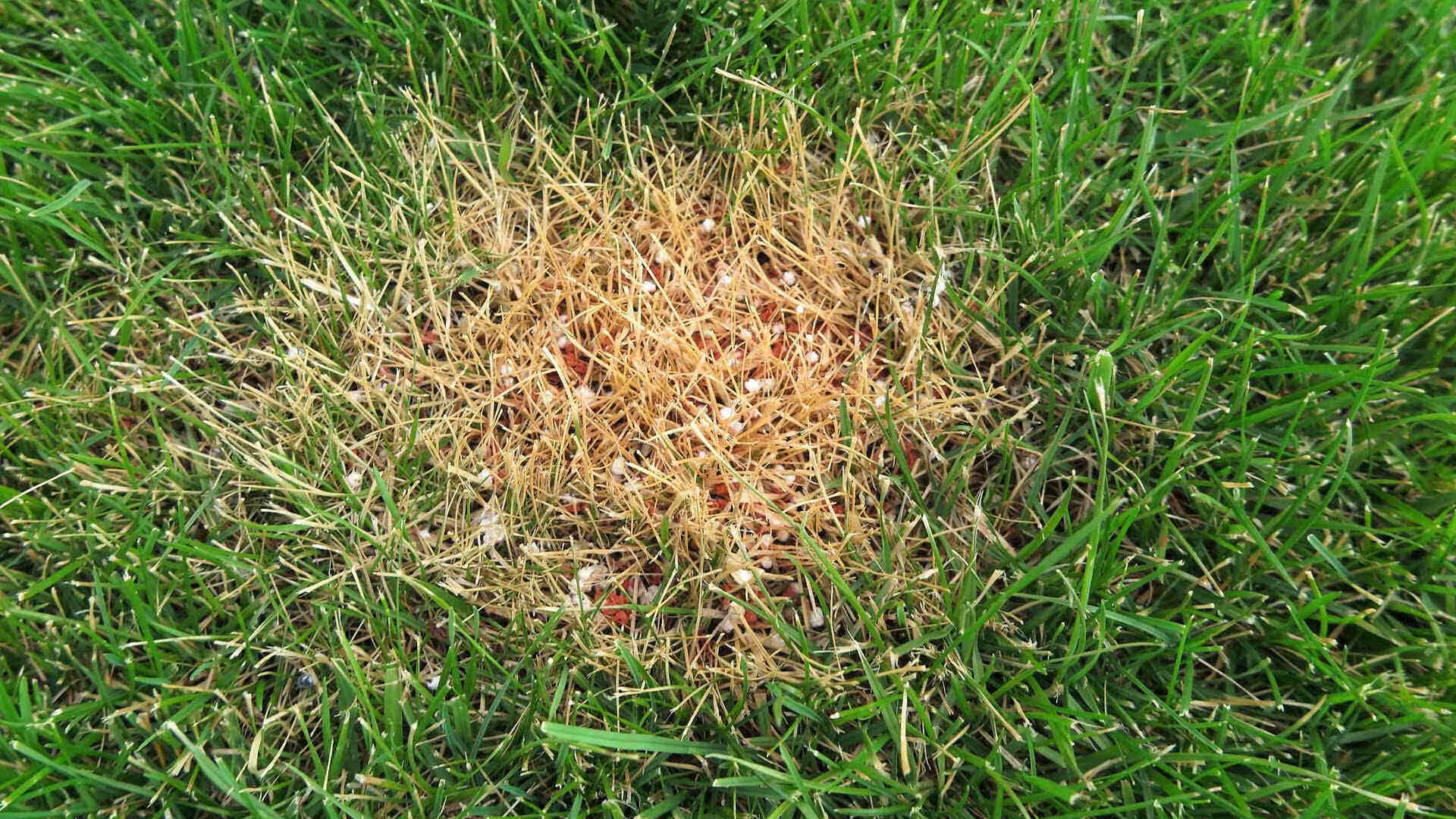

0 thoughts on “How To Apply Fertilizer To Lawn”